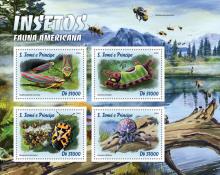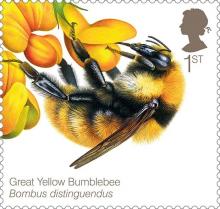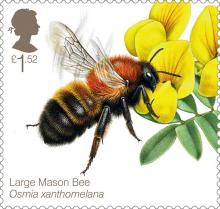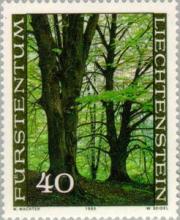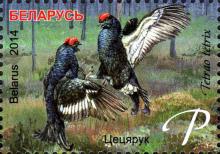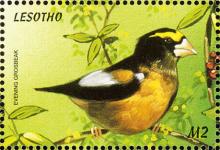There is the danger that we will only really take notice of insect decline when it is too late
There has been a lot of discussion about the decline in bee populations and its dire consequences for agriculture. We have also talked about the efforts to save the monarch butterfly, whose numbers have been dropping dramatically over the years. But the rest of the insect world does not get much attention. For the most part, we think of insects as a nuisance or as potential pests. A number of studies in recent years in Germany, Great Britain, and in the United States have concluded that many insect populations worldwide are in severe decline, and this is not a good thing.

